Norway’s dramatic landscape of fjords, mountains, and coastal islands has long attracted travelers seeking pristine natural environments and architectural innovation. Perhaps nowhere is this combination more striking than in the country’s floating accommodations – structures that blend Norwegian minimalism with cutting-edge sustainability while literally drifting between sky and water.
Here is a list of 15 floating cabins in Norway that completely transform the concept of remote getaways.
Manshausen Sea Cabins
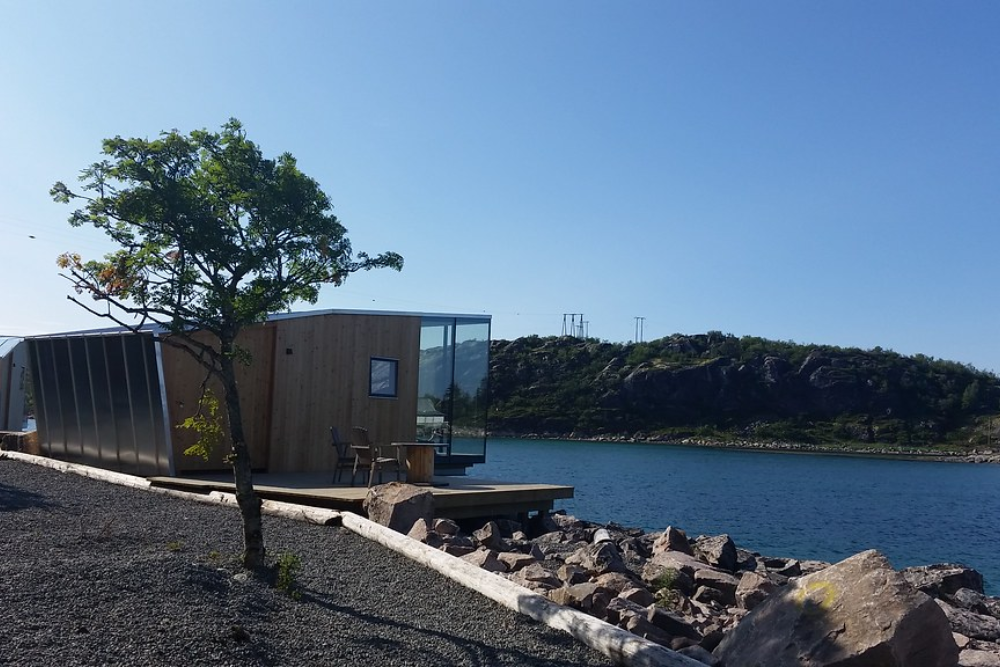
Perched partially over crystalline waters in the Steigen archipelago, these glass-fronted cabins create the illusion of hovering between ocean and sky. The dramatically cantilevered structures extend dramatically over smooth granite shorelines, with floor-to-ceiling windows framing views of the surrounding Grøtøya strait.
Minimal interiors focus attention outward toward the ever-changing Arctic light conditions that transform the landscape hourly. These structures represent a perfect marriage between extreme exposure to nature and cozy Norwegian shelter traditions.
Lyngen Aurora Fjord
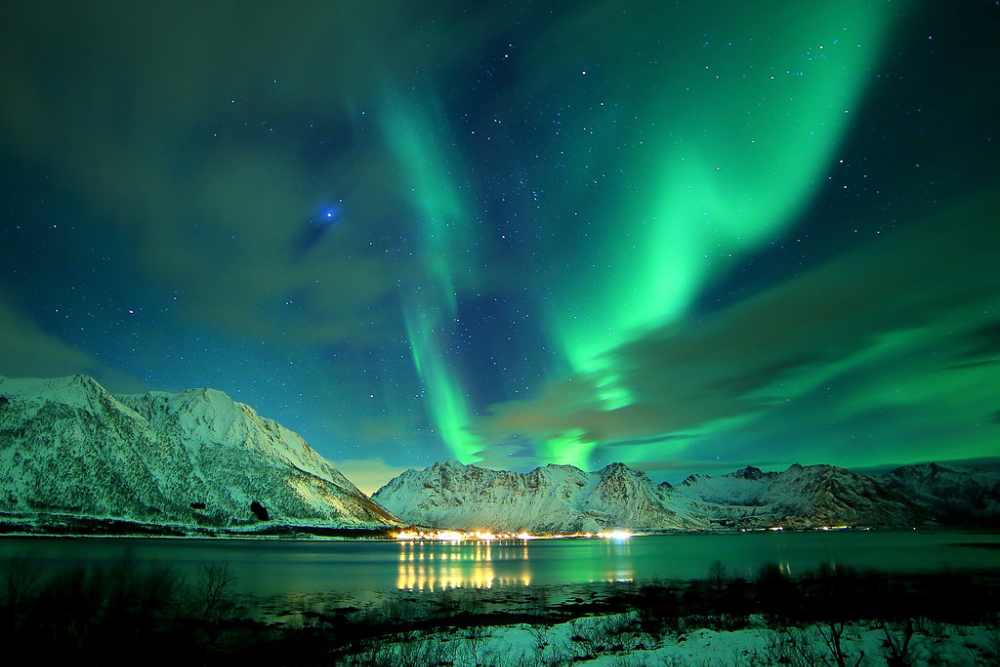
Anchored in the calm waters of Lyngenfjord, these floating glass-roofed cabins offer unobstructed views of the Northern Lights during winter months. Built using sustainable Norwegian pine, each unit generates its own solar power while collecting rainwater for minimal environmental impact.
The cabins rotate slowly with changing tides and currents, creating constantly shifting perspectives of the surrounding mountains. Guests access their accommodations via small wooden rowboats, emphasizing the transition from mainland to floating sanctuary.
Like Travel Pug’s content? Follow us on MSN.
Flokehyttene Floating Cabins

Located in the windswept Sveio municipality, these triangle-shaped structures appear to drift above the North Sea while actually being secured to bedrock foundations. Architect-designed to withstand extreme coastal weather conditions, their distinctive silhouettes echo the sharp mountain peaks visible on the horizon.
Each cabin features a different wood treatment reflecting traditional Norwegian weatherproofing techniques. Interiors are compact yet surprisingly open.
Fordypningsrommet Arctic Hideaway
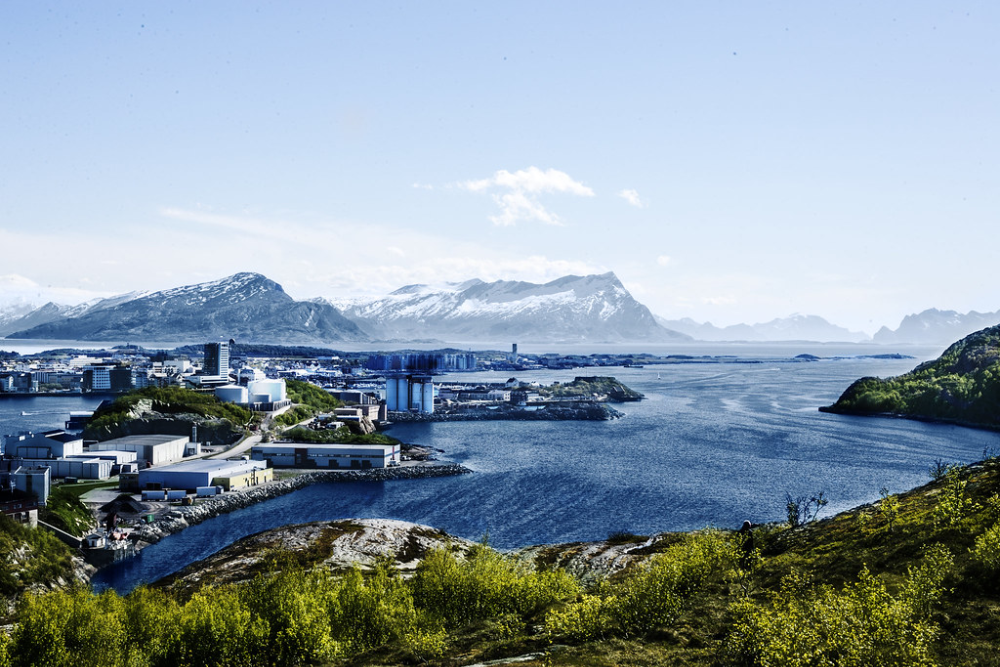
Spread across a tiny island near Bodø, these floating structures include specialized cabins for sleeping, cooking, and bathing – all connected by wooden walkways that rise and fall with tidal movements. The compound includes a glass-walled sauna that appears to float directly on the water’s surface during high tide.
Designed as a retreat for artists and writers, the minimalist accommodations emphasize intentional solitude and creative contemplation. Environmental systems include rainwater collection and composting toilets.
Fjord Floating Hotel
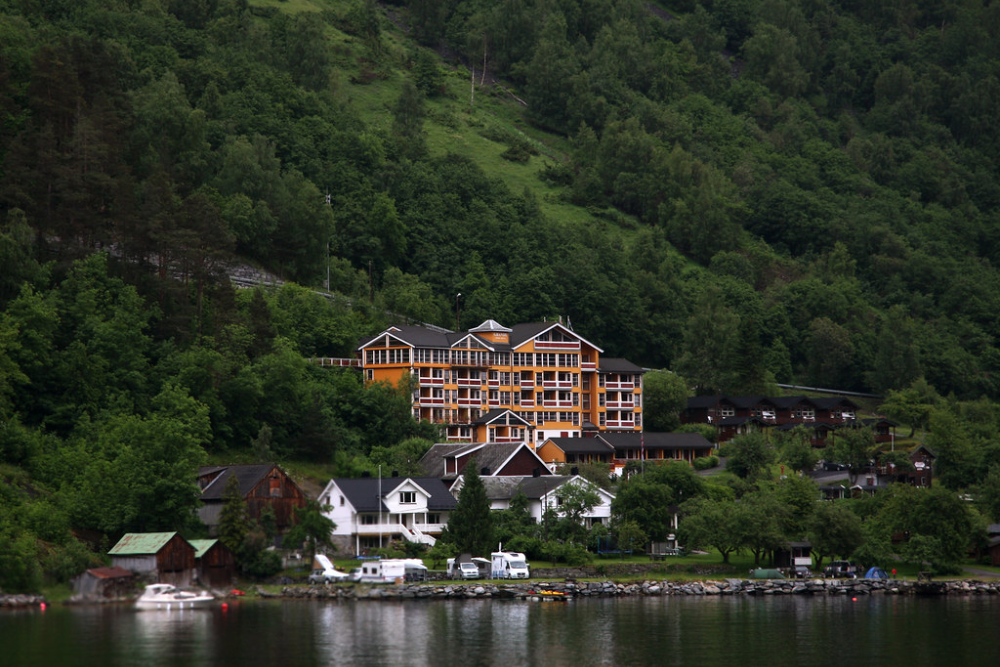
Anchored in Geirangerfjord, this collection of floating cabins provides uncommon access to one of Norway’s most famous UNESCO sites without disrupting its pristine environment. The modular units can be reconfigured seasonally and relocated as needed to minimize impact on sensitive shorelines.
Underwater viewing panels in each cabin floor offer glimpses of marine life passing below, creating constantly changing natural entertainment. Solar-heated water systems and wind-generated electricity make these accommodations almost completely self-sufficient.
Like Travel Pug’s content? Follow us on MSN.
Solsiden Floating Houses

Docked in a protected cove of Oslo Fjord, these architecturally striking floating homes represent modern Norwegian design principles applied to water-based living. Floor heating systems utilize seawater heat exchange technology pioneered by Norwegian engineering firms specializing in offshore platforms.
Retractable glass walls create seamless transitions between interior and exterior spaces during the summer months. The positioning of these structures allows for urban accessibility while maintaining the sensation of complete removal from city environments.
Hardanger Fjord Floating Retreat
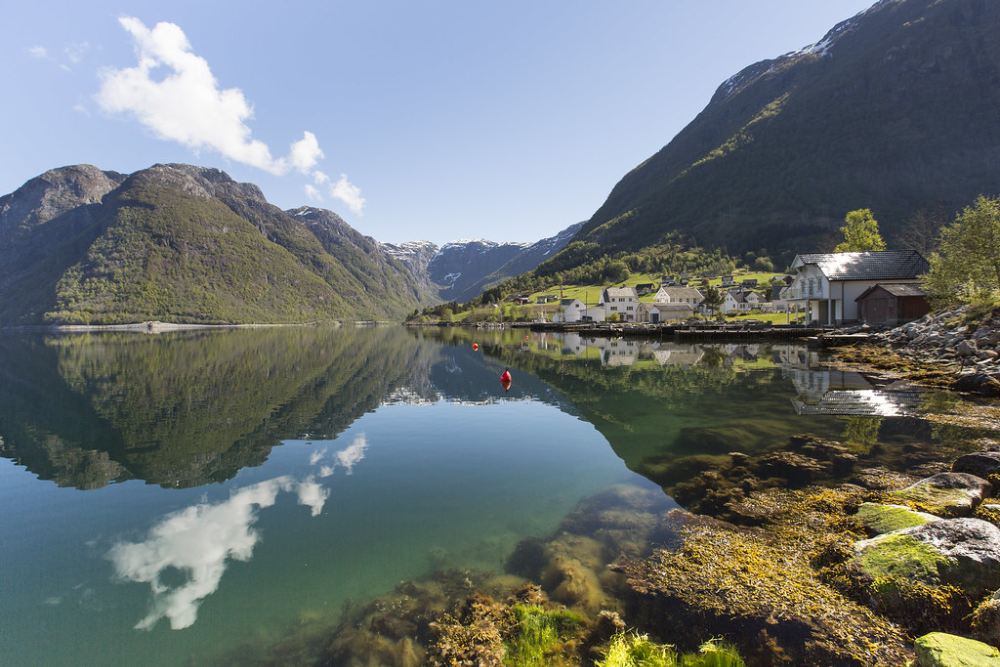
These distinctive hexagonal cabins float on the protected waters of Hardangerfjord, arranged in a honeycomb pattern that can be reconfigured according to group needs. The unusual shape maximizes viewing angles while creating surprisingly spacious interiors despite modest footprints.
Traditional sod roofs planted with native species provide natural insulation while visually connecting the modern structures to ancient Norwegian building practices. Underwater lighting attracts marine life after dark, creating natural aquariums visible through floor panels.
Arctic Floating Lodge
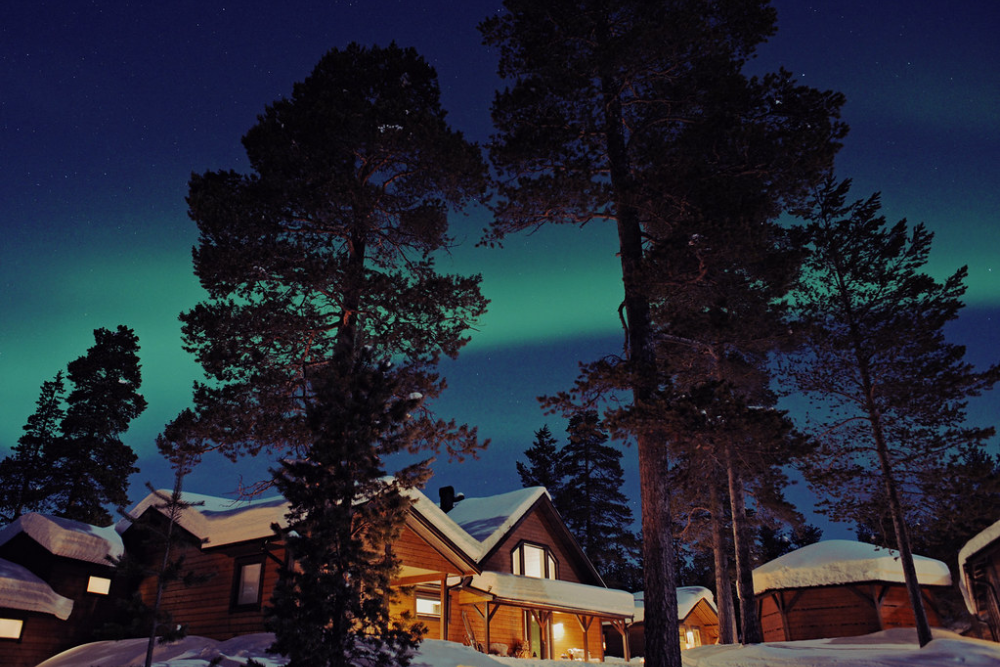
Stationed in the remote waters of Finnmark County, these floating accommodations drift along predetermined routes through pristine Arctic waterways. The cabins feature rotating observation platforms that allow guests to track wildlife movements or northern lights displays without leaving their heated shelters.
Locally harvested driftwood provides both structural elements and decorative touches throughout the interiors. Guides steer the mobile complex through hard-to-reach passages, offering access to rarely seen landscapes.
Like Travel Pug’s content? Follow us on MSN.
Lofoten Water Cabins
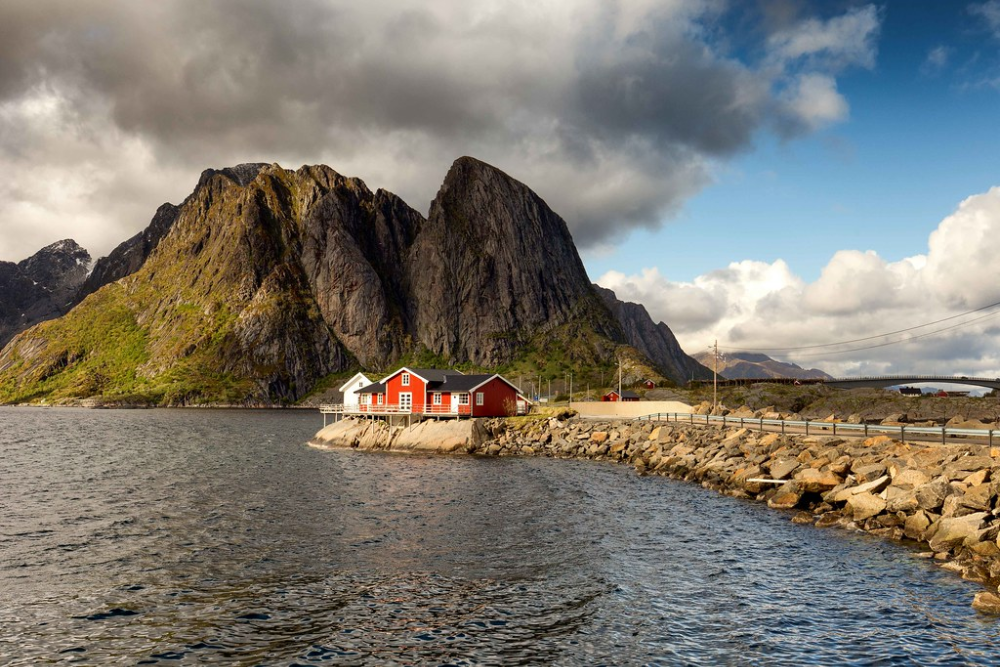
Set among the dramatic peaks of the Lofoten archipelago, these floating structures reinterpret traditional fishermen’s huts with contemporary materials and technology. The distinctive red exterior coloring pays homage to the classic rorbuer cabins that have housed generations of cod fishermen throughout Norwegian history.
Angled windows positioned to maximize midnight sun exposure during summer months create naturally lit spaces throughout the night. The subtle rocking motion of these cabins creates a meditative quality that is particularly appreciated during stormy weather conditions.
Bergen Harbor Boathouses
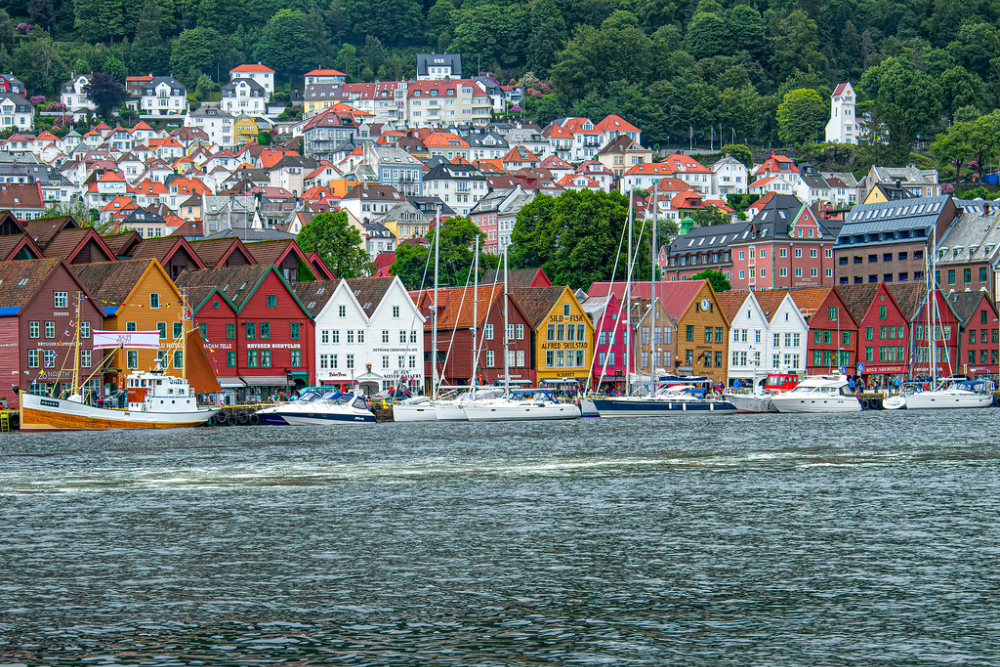
Located near Bergen yet feeling worlds away, these converted floating boathouses maintain their traditional exterior appearance while concealing thoroughly modern interiors. Original timber framing salvaged from 19th-century structures provides authentic character alongside contemporary comforts.
Retractable glass panels replace traditional boat doors, allowing the entire front wall to open to the water when weather permits. The structures rise and fall with the significant tidal fluctuations characteristic of Norway’s western coastline.
Sognefjord Floating Spa Cabins

Anchored in Norway’s longest and deepest fjord, these wellness-focused floating accommodations feature private thermal pools heated by underwater geothermal vents. The structures incorporate traditional Norwegian design elements like cross-ventilation and elevated sleeping platforms adapted for floating environments.
Transparent roof sections above beds allow stargazing during clear nights while maintaining thermal efficiency. Underwater meditation rooms accessible through sealed hatches provide unique spaces for contemplation surrounded by the fjord’s crystal waters.
Like Travel Pug’s content? Follow us on MSN.
Fjærland Ice Cabins
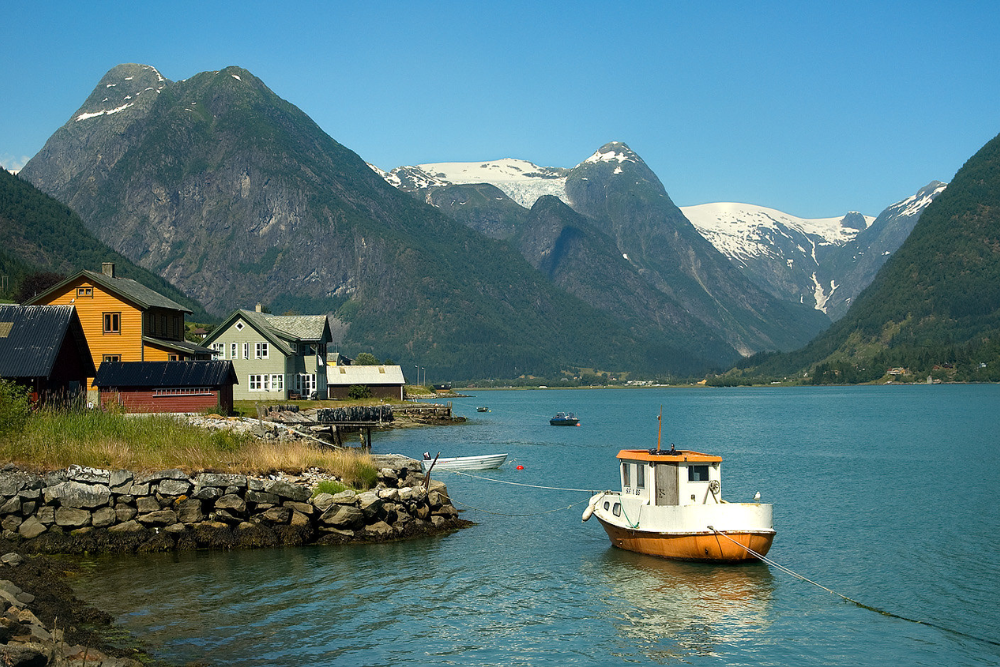
Positioned near the Jostedalsbreen glacier in western Norway, these floating accommodations shift locations seasonally as ice conditions change throughout the year. The structures feature adaptable foundations that function on both water and ice, allowing year-round operation in this dramatically changing environment.
Interior temperatures remain remarkably stable thanks to traditional Norwegian insulation techniques combined with modern thermal management systems. Large skylights frame views of the glacier’s blue ice towers that loom above the floating structures.
Træna Archipelago Floating Huts
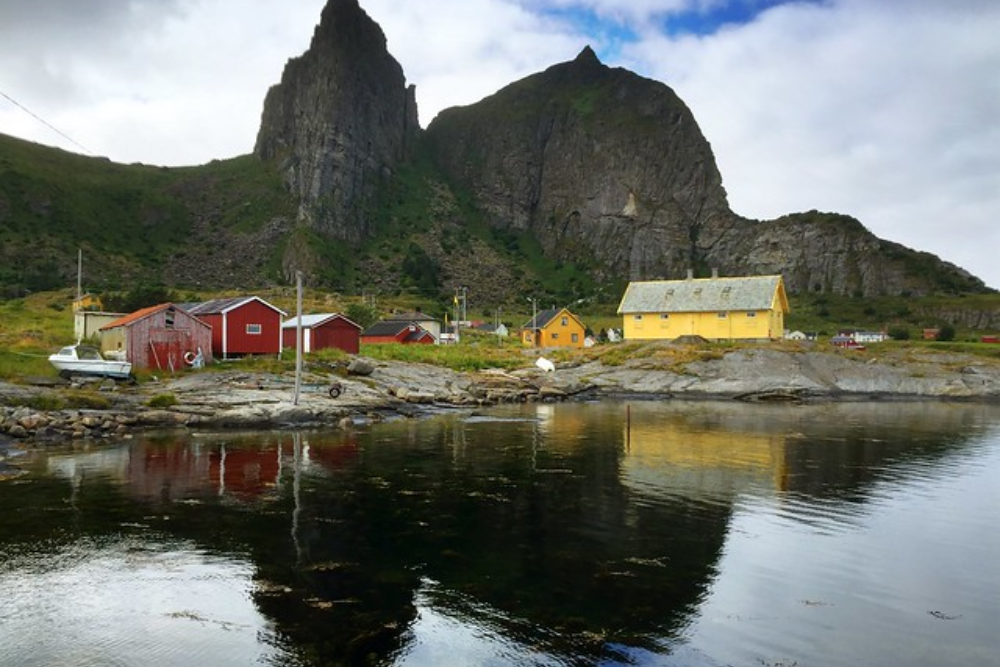
Scattered across the remote Træna island group along Norway’s Helgeland coast, these floating cabins connect to a central hub structure that houses communal facilities. The location along migratory bird routes provides extraordinary wildlife viewing opportunities throughout changing seasons.
Locally harvested kelp provides insulation material within the walls, connecting these modern structures to traditional Norwegian resourcefulness. The extreme isolation – accessible only by boats navigating often challenging sea conditions – creates a profound sense of detachment.
Nærøyfjord Glass Houses
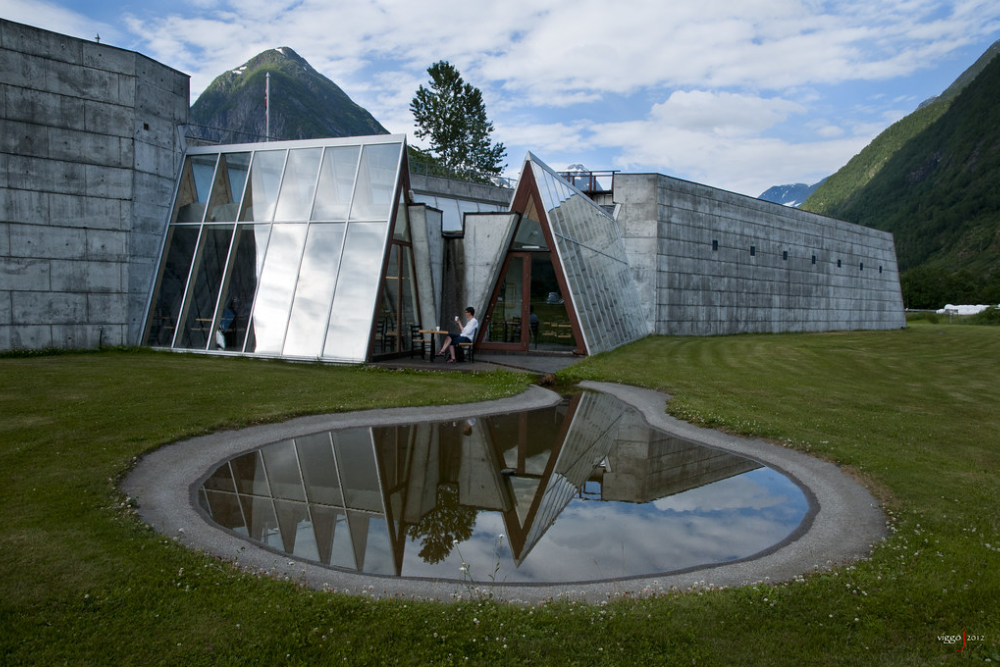
Floating on the narrow waters of Norway’s most dramatic fjord, these transparent cabins create the illusion of sleeping directly on the water’s surface beneath towering cliff walls. Specially engineered foundations minimize wave motion even during stormy conditions while maintaining the sensation of floating freely.
The structures utilize one-way glass that appears transparent from the inside while reflecting the surrounding landscape when viewed from the outside. Minimal interior elements focus attention entirely on the UNESCO-protected natural environment visible in all directions.
Like Travel Pug’s content? Follow us on MSN.
Svalbard Ice Edge Cabins

Representing the ultimate in remote Norwegian accommodations, these hardy floating structures operate along the Arctic ice edge near the Svalbard archipelago. Built to withstand extreme polar conditions while providing comfortable shelter, the cabins feature specialized insulation developed for Norwegian polar research stations.
Observation decks positioned for optimal wildlife viewing offer chances to spot polar bears, walruses, and numerous seabird species in their natural habitat. The complete absence of light pollution creates extraordinary opportunities for astronomical observation during polar night periods.
Norwegian Innovation Afloat
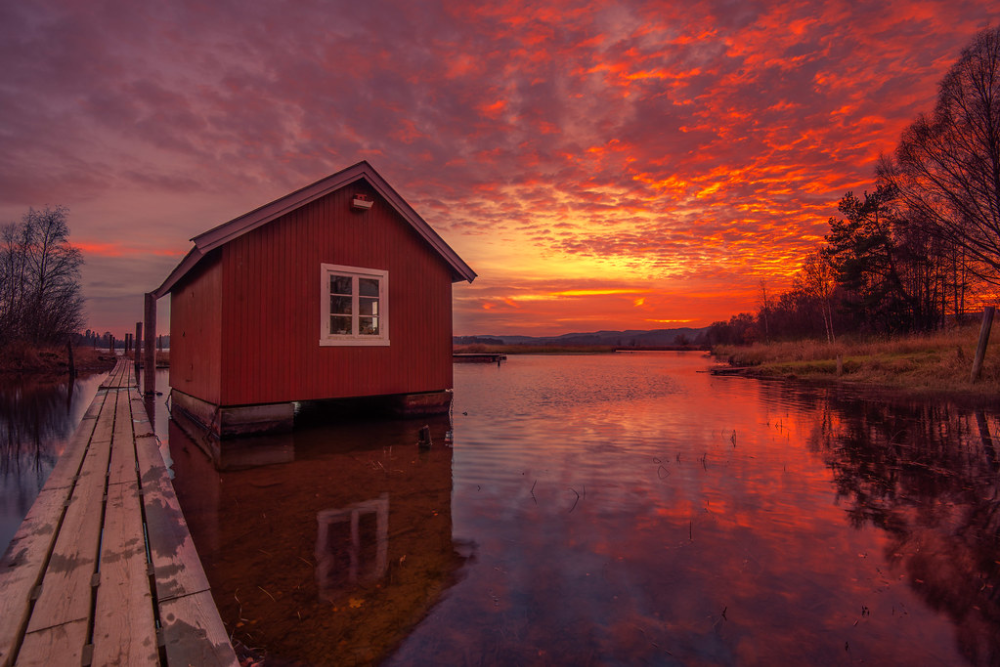
These remarkable floating accommodations represent more than novel places to stay – they embody Norway’s distinctive relationship with water and wilderness. By creating structures that exist between elements rather than dominating them, Norwegian architects have developed a new category of accommodations that minimize environmental impact while maximizing immersion in spectacular natural settings.
For travelers seeking genuine remoteness combined with thoughtful design, these floating refuges offer experiences that land-based accommodations simply cannot match – no matter how isolated they might appear on maps.
More from Travel Pug

- Cities Growing so Fast You Won’t Recognize Them in 10 Years
- 13 Destinations Where Tourists Regularly Regret Their Trip
- 20 Obscure WWII Sites Even History Buffs Don’t Know About
- 10 Under-the-Radar Mountain Towns That Are Both Affordable and Beautiful
- Remote Villages in Europe Where You Can Live for Free in Exchange for Work
Like Travel Pug’s content? Follow us on MSN.
